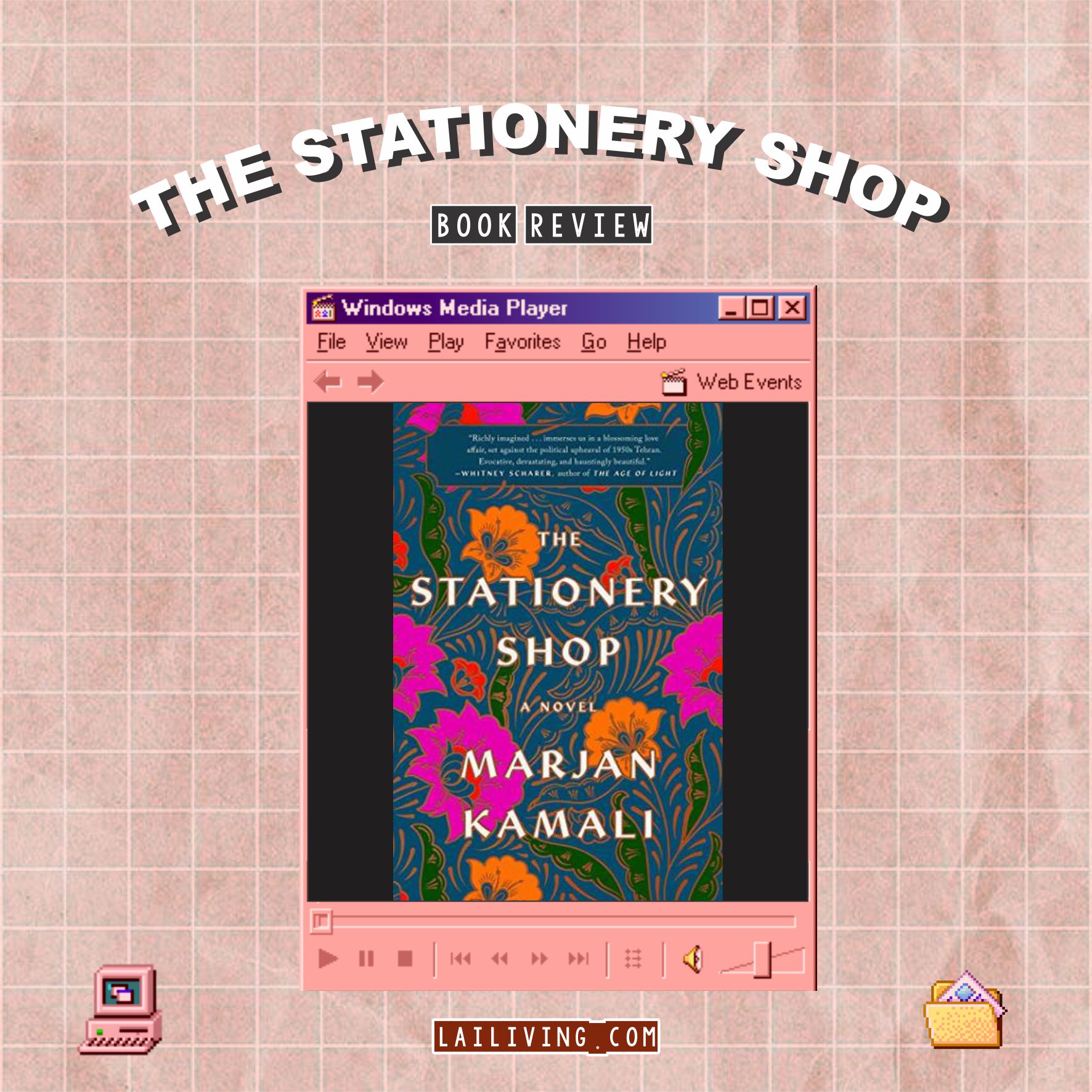The Stationery Shop by Marjan Kamali is a beautifully crafted narrative that transcends the conventional boundaries of love stories and historical fiction. With its rich tapestry of emotions and carefully curated settings, this novel offers a sensory experience that is imbued with the complexities of human relationships. Readers will find themselves enveloped not only in a poignant tale of love but also in the exploration of cultural identity, loss, and the enduring hope that intertwines with the turbulence of life.
At its core, the novel unfurls in Tehran during the tumultuous backdrop of the 1950s, a period marked by political unrest and social upheaval. The stationery shop itself serves as a microcosm of this era, symbolizing both refuge and connection. Within its walls, characters forge significant relationships while pursuing their passions. The stationery shop becomes a sanctuary of sorts, fostering creativity amid chaos, which mirrors the realities of many who have found solace in their artistic endeavors during trying times.
The protagonist, a young girl named Roya, is filled with aspirations and dreams that pulse vibrantly throughout the narrative. Readers are introduced to her world, which is intricately linked to her love for writing and the tangible connections she makes at the stationery shop. As Roya navigates her adolescence and the pangs of first love, the novel deftly illustrates the intensity of youthful passion and the heart-wrenching nature of choices made.
The complexity of relationships is a persistent theme. Roya’s connection with her childhood sweetheart, Bahman, is depicted with raw honesty. The dynamics of their love are captivating, as they ebb and flow with the currents of external realities. Kamali’s portrayal of their relationship encapsulates both the exuberance and despair that accompany deep emotional bonds. As events unfold, unraveled secrets and divergent paths challenge their love, propelling readers into a whirlwind journey that is as thrilling as it is heart-wrenching.
Additionally, the backdrop of political tension encapsulated in the novel serves to amplify personal stakes. The Iranian Revolution looms as an ever-present shadow, infusing the characters’ lives with urgency. The interplay between personal and political realms enriches the narrative, offering an analytical view of how societal changes influence individual destinies. Readers can discern the ways in which Kamali weaves historical context into the fabric of her characters’ lives, making the narrative not merely a personal story, but a reflection of a collective experience.
The atmospheric descriptions throughout “The Stationery Shop” are nothing short of mesmerizing. Kamali’s exquisite language immerses readers in the sights, sounds, and scents of Tehran, crafting a vivid tableau that invites deep emotional investment. Through meticulously chosen imagery, the national landscape becomes almost a character in its own right, shaping the experiences of those who inhabit it. The stationery shop itself, filled with the fragrance of paper and ink, evokes nostalgia, serving as a reminder of the simple beauty amidst life’s complexities.
The exploration of cultural identity is another facet that enriches the text. Through Roya’s eyes, readers witness the struggles of preserving one’s roots in an ever-changing world. The novel highlights the tension between tradition and modernity, showcasing the sacrifices made in the name of love and duty. Kamali elegantly delineates the nuances of Iranian culture, allowing readers to appreciate the depth of Roya’s experiences while fostering a sense of empathy and connection.
Moreover, the passage of time and its relentless nature is poignantly encapsulated in the novel. The narrative unfolds across several decades, showcasing how the characters evolve and adapt to shifting landscapes—not just physically but emotionally. The theme of time is intricately tied to the notion of memory, as characters grapple with past choices and face the repercussions of their actions. This added layer of introspection invites readers to ponder their own lives and the indelible marks left by time.
As the story progresses, grief and loss emerge as inescapable realities. Kamali does not shy away from portraying the depths of sorrow that accompany love’s fragility. The narrative arcs through heartbreak, depicting how loss transforms the characters and influences their trajectories. Readers will resonate with the depiction of yearning for what once was, and the poignant, sometimes painful, reflections that accompany reminiscence.
Ultimately, “The Stationery Shop” is not merely a story about love; it is a contemplative exploration of connection, identity, and the human experience. Kamali’s lyrical prose and meticulous character development craft a narrative that lingers long after the final page is turned. Themes of resilience, the power of choice, and the quest for belonging are intricately woven together, rendering the book a profound meditation on what it means to truly live.
In conclusion, Marjan Kamali’s “The Stationery Shop” is a magnificent tour de force that delves into the intricacies of love against the backdrop of historical upheaval. It invites readers into a world that is at once familiar and foreign, offering a glimpse into the lives of those who dared to hope amid uncertainty. Each page resonates with the beauty of language and the weight of emotion, drawing readers into an experience that is as enriching as it is thought-provoking.
